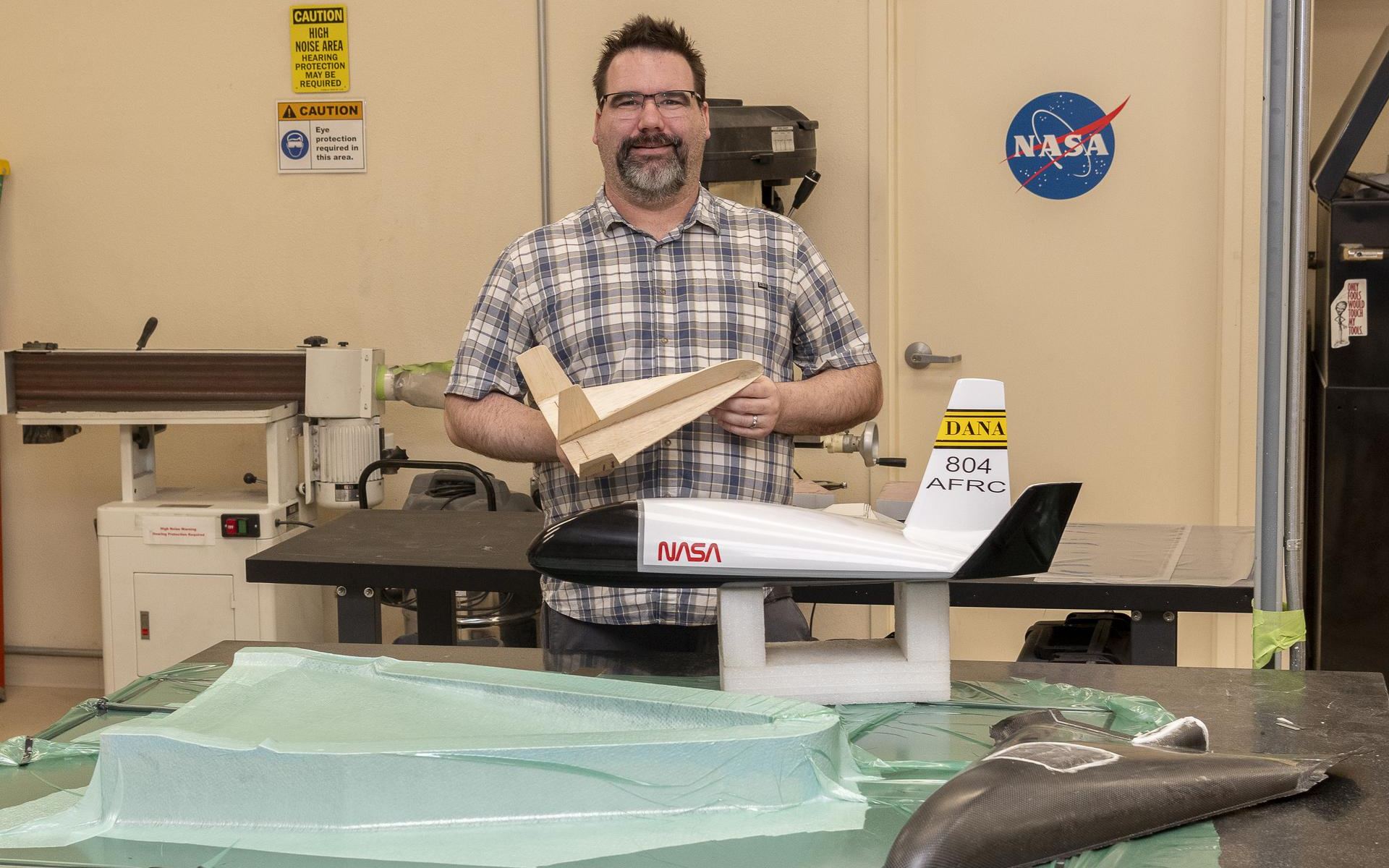In the 1960s, NASA engineers developed a series of small lifting-body aircraft that could be dropped into the atmosphere of a giant planet, measuring the environment as they glided down. Although it would be a one-way trip to destruction, the form factor would allow a probe to glide around in different atmospheric layers, gathering data and transmitting it back to a parent satellite. An updated version of the 1960s design is being tested at NASA now, and a drop-test flight from a helicopter is scheduled for this month.
“We are looking to take an idea to flight and show that a lifting body aircraft can fly as a probe at this scale – that it can be stable, that components can be integrated into the probe, and that the aircraft can achieve some amount of lift,” said John Bodylski, the principal investigator at NASA’s Armstrong Flight Research Center in Edwards, California. Bodylski is working to prove that a lifting body aircraft design could meet the requirements for an atmospheric probe that could be used at giant planets, like Uranus or Jupiter.

The idea behind the concept is that a lifting body aircraft relies on its unique blunt shape for lift, rather than wings. Bodylski and his team have designed two lifting body aircraft, both of which are about 70 cm (27 1/2 inches) long, and 60 cm (24 inches) wide. One is almost built and ready for flight.
NASA has a long history of doing flight tests with lifting bodies. From 1963 to 1975, NASA tested several designs to demonstrate the ability of pilots to maneuver and safely land a wingless vehicle. These vehicles included the M2-F1, M2-F2, HL-10, X-20, X-24A, and the X-24B. These lifting bodies were designed to validate the concept of flying a wingless vehicle back to Earth from space and landing it like an aircraft. The concept was influential in designing the Space Shuttle.
While the Space Shuttle and other human-carrying lifting body vehicles had inherent issues, even back in the 1960’s planetary scientists realized the concept could be more feasible for smaller uncrewed probes.
NASA says that current small atmospheric probes such as CubeSats, gather and transmit data for about 40 minutes and can take in approximately 10 data points before their parent satellite is out of range. Bodylski estimates this lifting body design could descend more rapidly and at a steeper angle, collecting the same information in 10 minutes, plus gather additional data for another 30 minutes from much deeper in a thick atmosphere.

Lifting bodies have been in and out of vogue for decades. NASA actually had two designs for lifting bodies in the running as a precursor and later a successor to the Space Shuttle. The Dyna Soar was based on NASA’s X-20 lifting body and was designed to be launched by rocket into orbit, and the lifting body design would have allowed it to land like an airplane. Due to due to high costs, changing priorities for both the military and NASA – with the Apollo program just getting going — the Dyna Soar program was cancelled in December 1963, just before the first crewed test flight was scheduled for the following year.
Later, in 1996 NASA selected Lockheed Martin to build and fly the X-33 test vehicle to demonstrate advanced technologies for a new reusable spaceplane vehicle to succeed the Space Shuttle. Called VentureStar, it would have been a single-stage-to-orbit vehicle. However, NASA cancelled the project in 2001 before any test flights were carried out after some technical problems proved too difficult to solve.

